Through the Desert Review
Welcome to The Board Game Dialogue, where we sit down with the greatest board games and let them speak for themselves. Today, we’ve saddled up with a true classic of elegant strategy: Through the Desert—the pastel-hued caravan conquest from legendary designer Dr. Reiner Knizia. Let’s see what this iconic desert wanderer has to say about itself.
What is Through the Desert?
Before we dive into the interview, let’s take a quick look at what makes Through the Desert such a timeless and enduring game.
Through the Desert is an abstract area control and network-building board game designed by Dr. Reiner Knizia. In this serene yet competitive experience, players lead five colored camel caravans across the vast Sahara, striving to claim watering holes, reach oases, and enclose valuable territory. While the game appears peaceful with its pastel camels and soft tones, the tension is anything but—the desert is a battleground of tactical positioning and ruthless blocking.
Each turn is as simple as placing two camels on the board, but the implications of each move ripple across the map. Whether you’re racing for a precious watering hole or cutting off an opponent’s growing caravan, Through the Desert is a game of quiet pressure and long-term planning, all delivered with the elegance Knizia is known for.
Player Count: 2–5 players
Playtime: 45 minutes
Complexity: Low
Mechanics: Area Control, Network Building, Route Optimization
Theme: Desert Exploration
Now, let’s let Through the Desert speak for itself.
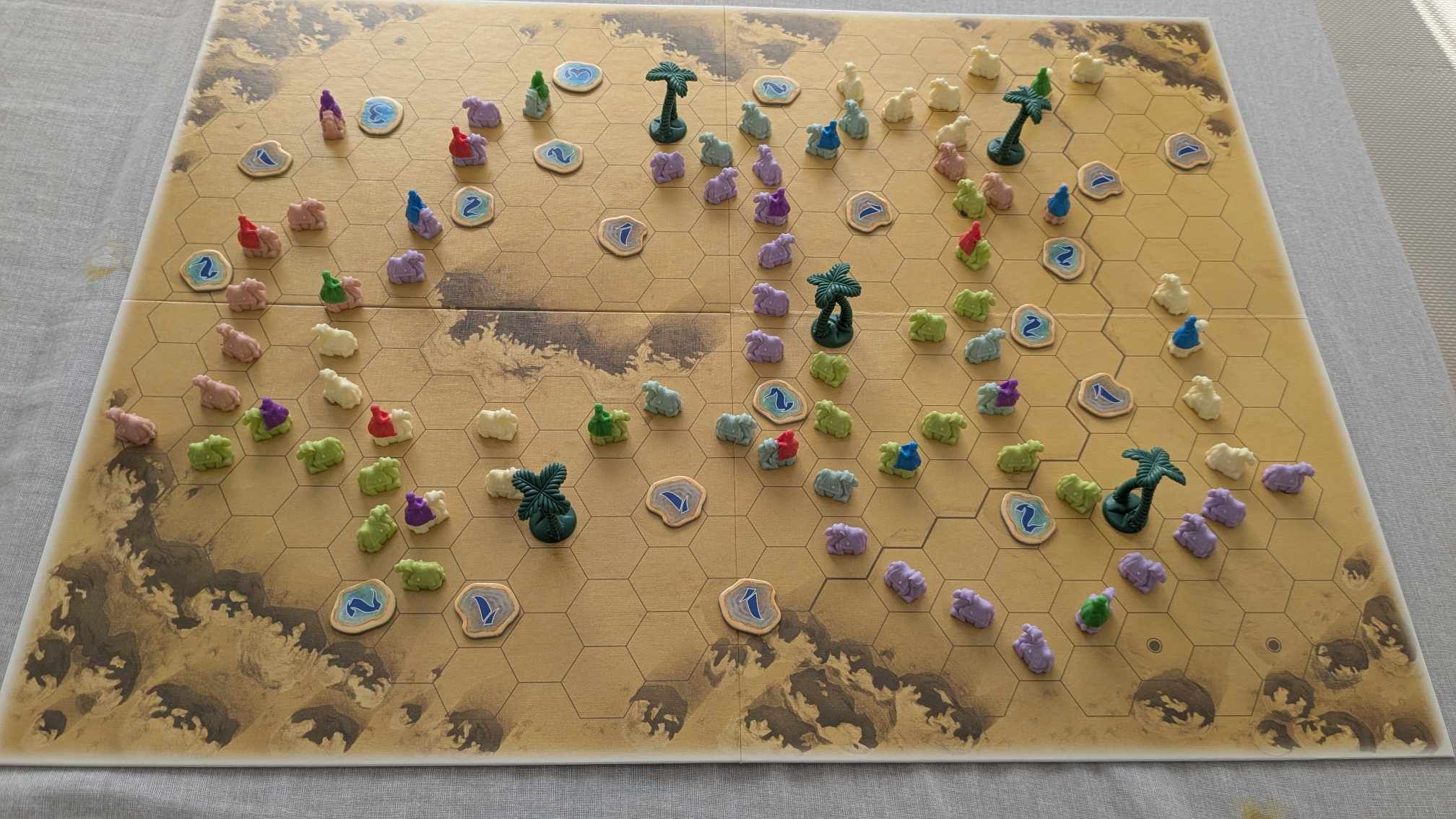
Simple but Strategic: How Through the Desert Creates Elegant Decisions from Minimal Rules
Me: Welcome, Through the Desert! It’s a real pleasure to have you with us. You may not shout the loudest, but you’re widely regarded as a quiet powerhouse in modern board gaming.
Through the Desert: Thank you kindly. I may be soft-spoken, but I’ve got plenty to say—especially when it comes to strategy, tension, and timeless design.
Me: Let’s start with what makes you tick. Your rules are incredibly simple, yet your gameplay feels surprisingly deep. How do you achieve that?
Through the Desert: I believe in elegance through clarity. On the surface, players just place two camels per turn—it couldn’t be simpler. But each camel presents a choice, and each choice pulls the player in multiple directions. Should they rush to an oasis, collect watering holes, enclose a region, or build the longest caravan? You can’t do it all, so every turn is about prioritizing your path.
Me: So you’re presenting players with competing objectives—a core trait of great Eurogames.
Through the Desert: Exactly. I offer multiple point-scoring avenues, but chasing one means sacrificing another. That tension—between the tactical and the strategic—is where the game lives. Do you claim a small but guaranteed bonus now, or set up a risky enclosure for a bigger payoff later?
Me: And you do all of this without complex rules—just two camel placements per turn.
Through the Desert: That’s where the magic is. Minimal rules, maximum depth. Just how I like it.
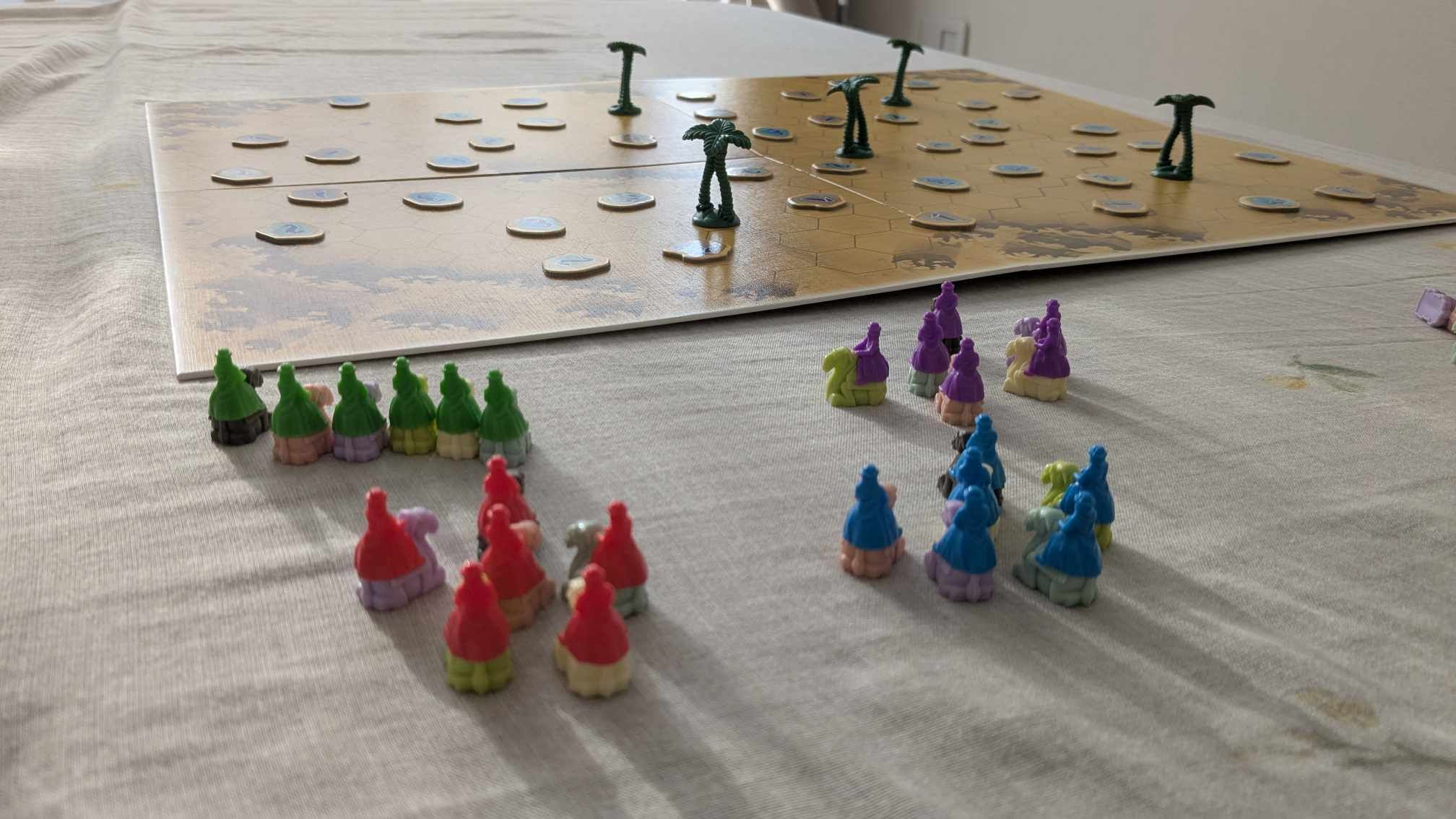
Strategic Scoring: How Every Camel Counts Toward a Different Goal
Me: Through the Desert, we’ve talked about how you pull players in multiple directions. But it’s not just the quantity of goals—it’s how each one feels so unique.
Through the Desert: That’s right! I don’t just offer multiple scoring objectives—I offer multiple playstyles. Each one nudges players to think and act differently. The diversity in scoring makes every turn an open-ended puzzle.
Me: Let’s go one by one. Watering holes are the obvious early goal, right?
Through the Desert: Definitely. It’s a pure race—get there first, grab the biggest tokens, and stay one step ahead. It rewards tempo and board awareness.
Me: But oases play a bit differently.
Through the Desert: Oh, very much so. Reaching an oasis isn’t always a footrace—it’s a game of timing and denial. You want to make sure you get there while cutting off others. It’s all about positioning and subtle blocking.
Me: And then there’s the big one—cornering off regions.
Through the Desert: That’s for the long planners. It’s about quietly building a fence, boxing off space before your opponents realize what you’re doing. It’s pure territorial control.
Me: The longest caravan bonus seems to steer players in yet another direction.
Through the Desert: Exactly—it’s a late-game push, encouraging commitment to a single color. It adds long-term pressure and shifts your priorities as the board tightens.
Me: And all this, with just two camels per turn?
Through the Desert: That’s the beauty of it. With two camels, you can double down or split your focus—but rarely chase everything. Unless, of course, you’ve got a brilliant move in mind.

Through the Desert’s Game Arc: How Simple Goals Create a Shifting Strategic Landscape
Me: We’ve talked about your elegant design and your diverse scoring objectives, but what’s fascinating is how those goals shape the entire arc of the game. You’ve got a clear sense of beginning, middle, and end.
Through the Desert: That’s right! While I may seem like a game where you just place camels turn after turn, there’s a lot more going on beneath the dunes. My four simple scoring systems aren’t just ways to win—they’re the framework that drives the pacing of the entire game.
Me: So what’s happening in the early game?
Through the Desert: Early on, it’s all about speed and opportunity. Players rush to grab the most valuable watering holes while the board is still open. Every camel counts, and it’s a tense dash to secure quick points.
Me: And then, as players move into the mid-game?
Through the Desert: That’s when the shift begins. The board gets tighter. Players start positioning near oases, not just to reach them, but to deny others access. At the same time, they’re looking for enclosure opportunities, figuring out where they can box in regions for major points.
Me: And the late game feels like a different challenge altogether.
Through the Desert: Exactly. Now it’s about the longest caravan bonus and squeezing camels into the last open spots. The endgame tension builds naturally as the remaining space and scoring opportunities disappear. When the game ends, it does so at the perfect moment—just when there’s nothing left worth fighting over.
Me: So while it may look like players are just placing camels, they’re actually shifting strategies throughout the game.
Through the Desert: Yes, yes. The surface is simple, but the gameplay evolves every step of the way.
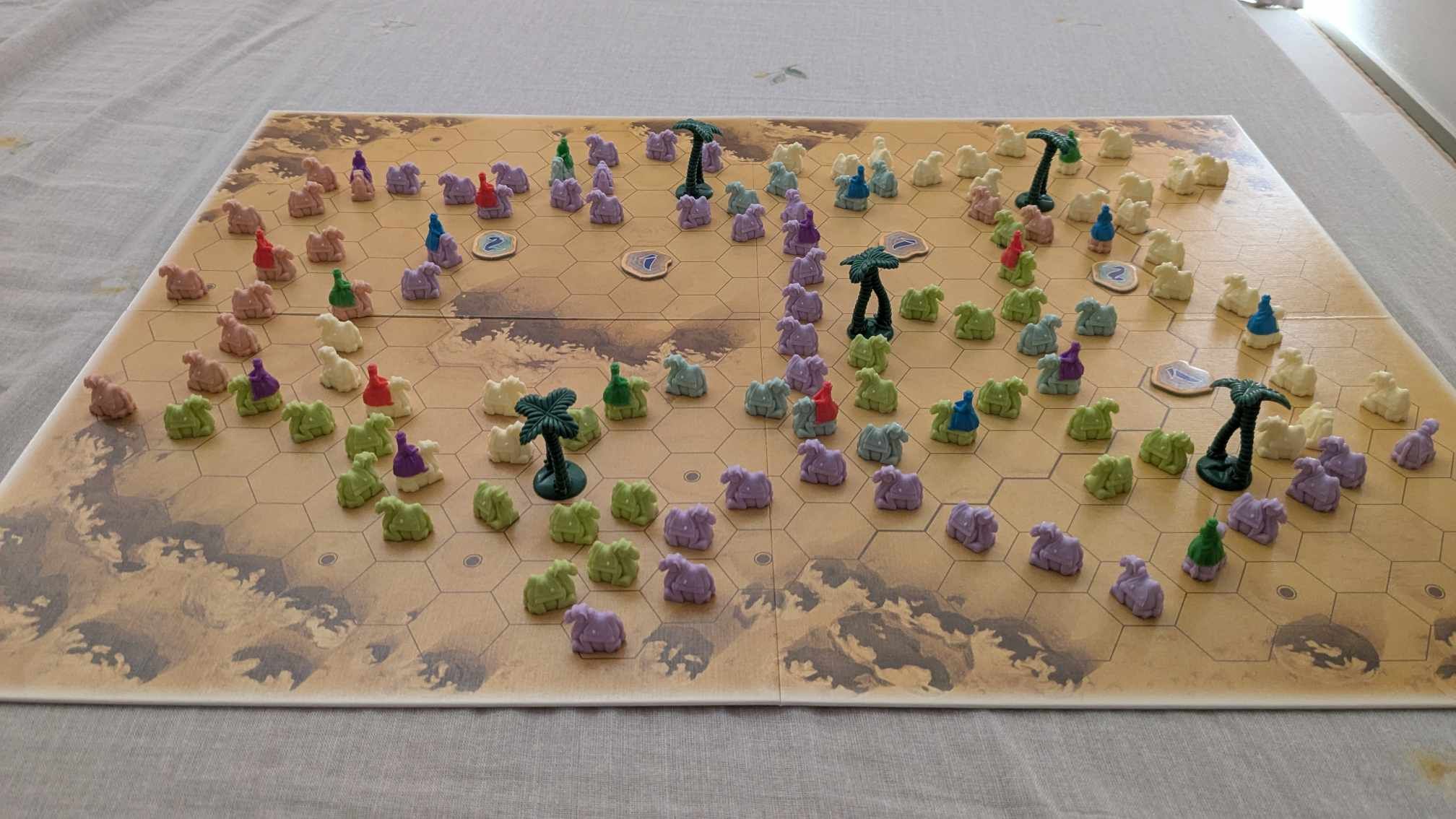
Player Interaction in Through the Desert: Strategic Blocking and Camel-Fueled Competition
Me: One thing the best board games understand is that players are the real engines of excitement. You seem to get that intuitively.
Through the Desert: Absolutely. I may look quiet and contemplative, but under the surface, I’m all about interaction. My design is built on limited resources and shared incentives, which means players are always stepping on each other’s toes—politely, of course.
Me: That comes through clearly in your scoring conditions, which are all tight and contested.
Through the Desert: Exactly. There’s a finite number of watering holes, a limited number of accessible oases, and only so much space to enclose regions. And don’t forget—only one player per color can claim the longest caravan bonus. So every action you take is in direct competition with someone else’s ambition.
Me: And yet, everything feels transparent. You can always see what your opponents are trying to do.
Through the Desert: That’s intentional. There’s no hidden information here. Every camel placement is a clear statement of intent, and skilled players learn to read the board like a language—a kind of spatial negotiation. You’re making moves, yes, but you’re also sending signals, proposing threats, or throwing up roadblocks.
Me: So it’s a form of communication—the game as a conversation.
Through the Desert: Precisely. You’re having a strategic dialogue in pastel camel form, and whoever speaks that language best ends up carving out the desert to their advantage.
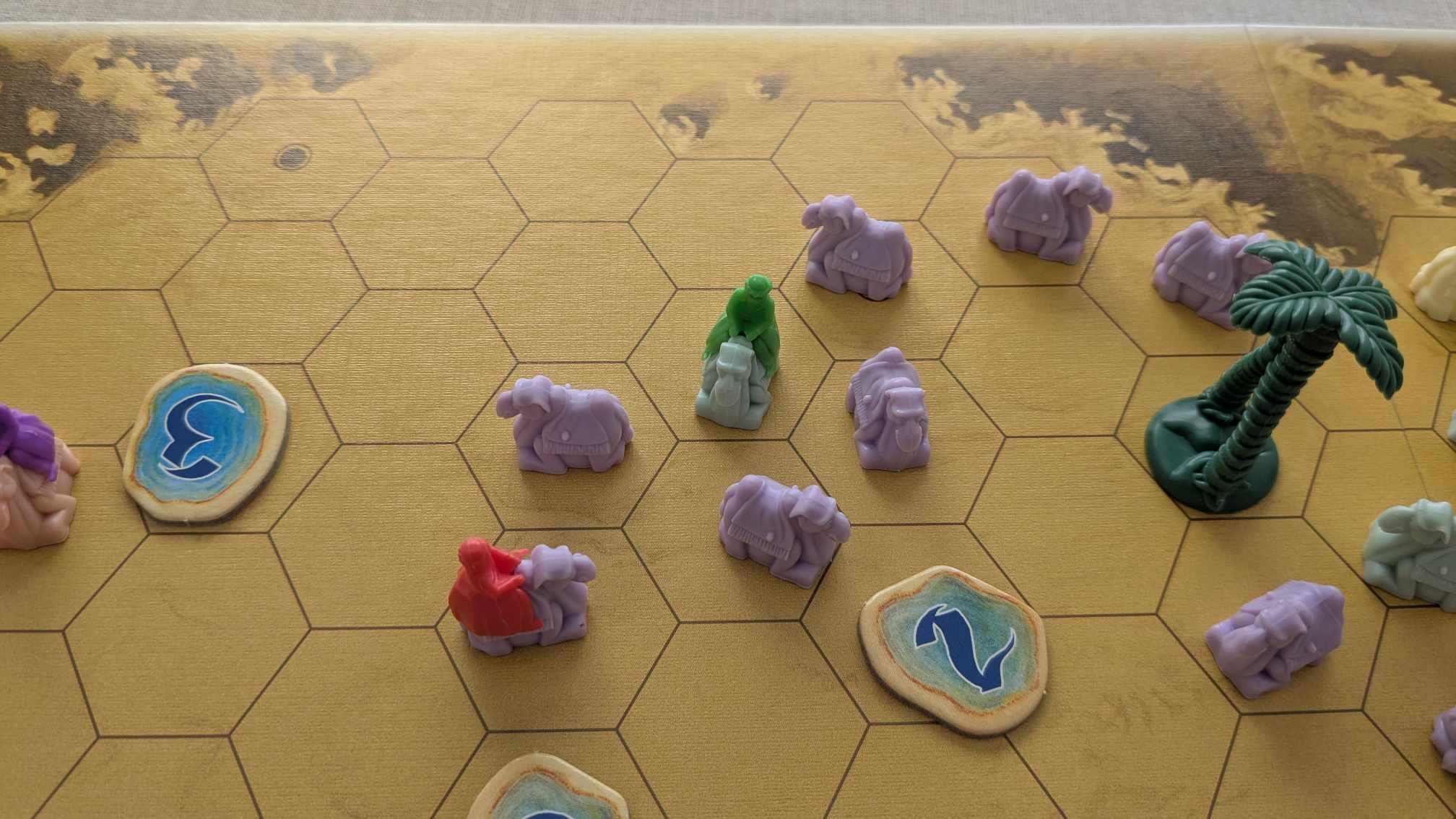
Slow Burn, Deep Reward: How Through the Desert Builds Engagement Over Time
Me: These days, many modern games are designed to grab players instantly with flashy components or dramatic opening turns. You take a different approach, don’t you?
Through the Desert: That’s true. I’m a slow burn, and I’m proud of it. I don’t have a bold narrative hook or flashy production that screams for attention. I’m from the 90s school of design, where the gameplay itself is what draws you in, not the spectacle.
Me: On the surface, you’re minimal—even austere. Some might say you look… well, a bit dry.
Through the Desert: Just like a real desert, right? But if players stick with me, they quickly realize there’s richness beneath the surface. I draw players in not with instant gratification, but by drip-feeding them strategic opportunities and subtle rewards.
Me: And this ties into your game arc. As players progress, they shift focus—and begin to understand your layers.
Through the Desert: Exactly. First, they race for watering holes, then eye the oases, then slowly build toward enclosures and caravan length. And with every step, they’re not just scoring more—they’re learning more. Each game becomes a lesson in timing, positioning, and reading opponents.
Me: So, rather than a big flashy hook, you offer slowly unfolding depth.
Through the Desert: That’s the charm. I don’t hit hard out of the gate—but I stay with you. And if you give me time, I’ll teach you something new every game.
Is Through the Desert Perfect? A Look at Its Few Flaws and Many Strengths
Me: So, Through the Desert, we’ve spent a lot of time talking about your many strengths. But let’s be fair. No game is flawless. What would you say are your biggest weaknesses?
Through the Desert: I appreciate the honesty, partner. Sure, I’ve got a few rough patches beneath the sand.
Me: Let’s start with one that surprises new players—how important the initial leader placement is.
Through the Desert: That’s true. At the start, each player places their five caravan leaders. And those early choices? They’re hugely influential. Unfortunately, players often don’t realize just how critical those placements are until it’s too late. It’s a learning curve, but one that rewards repeated plays.
Me: And then there’s the elephant in the desert—theme. Or lack thereof.
Through the Desert: Guilty as charged. I’m a classic abstract strategy game, and my theme is more aesthetic garnish than integrated storytelling. Swap the camels for anything else and the game still holds up.
Me: Colorblind accessibility is also a challenge.
Through the Desert: It is. I use 10 different colors for camels and leaders—so yes, it’s not great for colorblind players. It’s a compromise that’s functional, but not inclusive, and I own that.
Me: And how about five-player games?
Through the Desert: At five players, each person controls only four camel colors, meaning one player can’t trigger the endgame. It’s not broken—but it’s an oddity worth noting.
Me: But let’s end with a strength disguised as a drawback—you’re a perfect information game.
Through the Desert: That’s right. No randomness, no dice—just pure strategy. I sit alongside timeless games like Go and Chess. I know what I am: a clean, competitive, information-rich experience. For those willing to dig deep, I offer endless replayability and deep strategic richness.
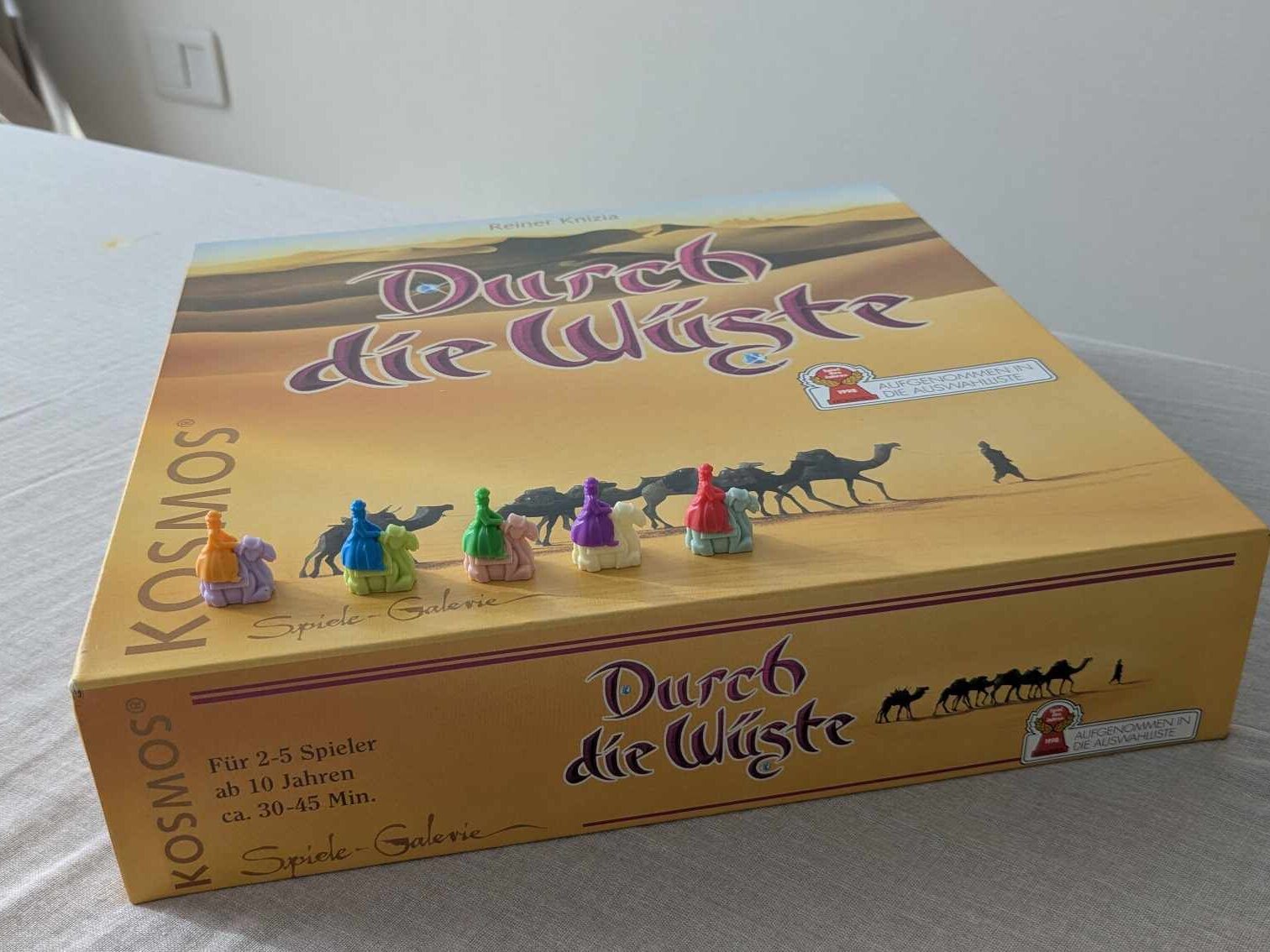
Final Verdict: Is Through the Desert Worth Playing?
Me: Through the Desert, it’s been a pleasure exploring your dunes, your decisions, and your depth. So let’s cut to it—should people play you?
Through the Desert: Absolutely. No hesitation. If you appreciate pure strategy, clean design, and rich interaction—I’m exactly the game you’re looking for. I may not come with miniatures or lore, but what I offer is timeless elegance. I’m not just worth playing—I’m worth studying.
Me: And owning?
Through the Desert: Without a doubt. I’m a game that gets better with every play, where small lessons accumulate, and subtle skills sharpen. I’m the kind of game that sits proudly on a shelf for decades, not just seasons. A masterclass in efficiency, balance, and strategic freedom, all in a box that looks unassuming but plays like a revelation.
Me: So, final word?
Through the Desert: I wear the title of “modern classic” with pride. I may look like sand and camels, but underneath, I’m a treasure trove of strategic brilliance. Sit down, place your camels, and let’s make some history.
Me: A perfect answer from a perfectly deserving classic. See you in the dunes, old friend.
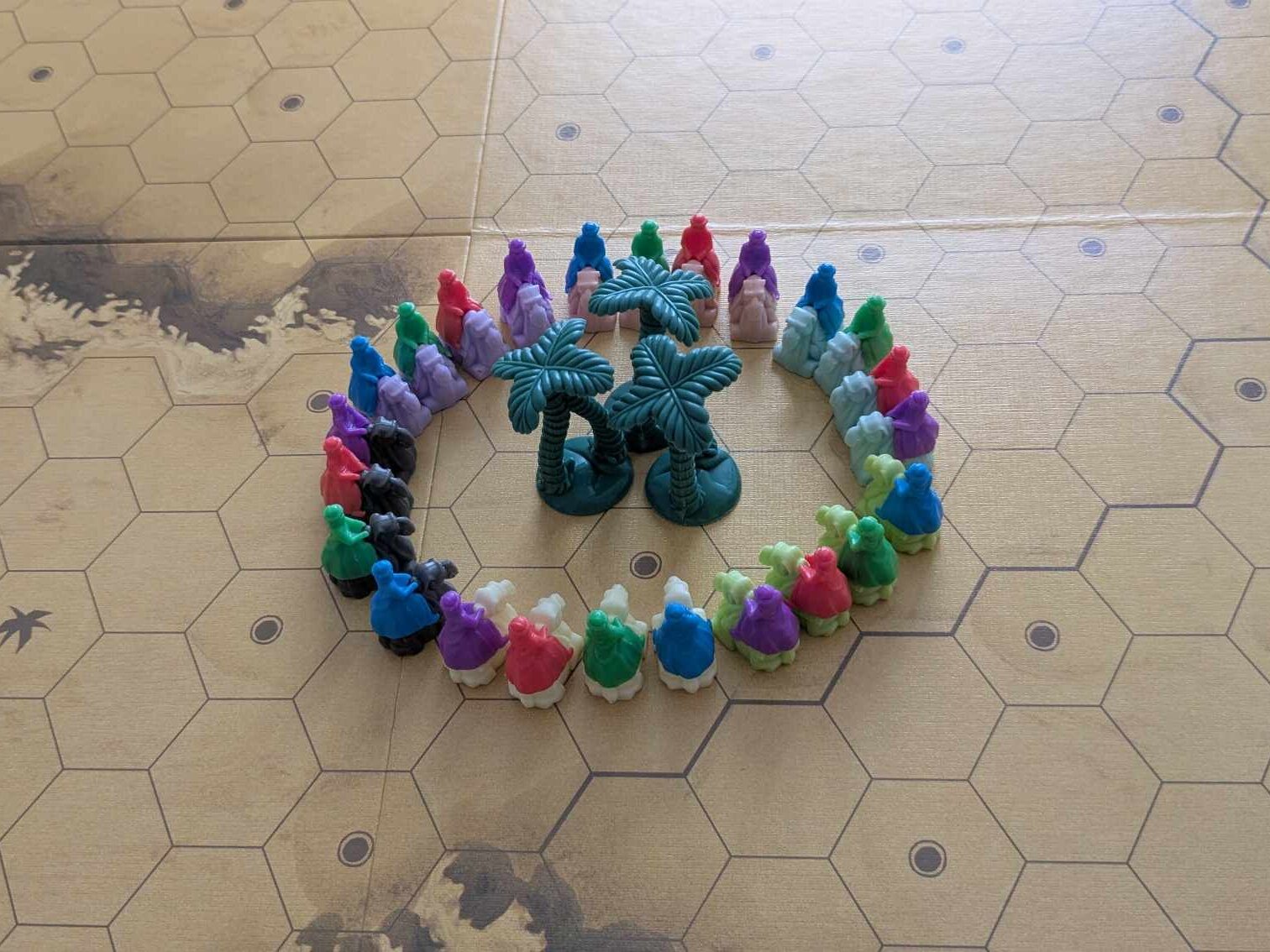
Conclusion: A Timeless Classic That Deserves a Place on Your Shelf
Through the Desert is more than just pastel camels on a beige board—it’s a masterclass in elegant design, interactive gameplay, and strategic depth. With no randomness, no downtime, and a remarkably clean rule set, it’s a game that rewards repeat plays and sharpens your skills with every session. It’s the kind of game you’ll keep thinking about long after it’s packed away.
If you’re looking for similar experiences, Reiner Knizia has no shortage of tile-laying brilliance. Try Blue Lagoon, Babylonia, Cascadero, or Rebirth for fresh twists on spatial strategy. For something a bit more tactile and colorful, Azul delivers gorgeous abstract Euro gameplay. And if you’re after something two-player and cutthroat, Lost Cities remains a Knizia gem.
But honestly? You could spend a lifetime exploring Through the Desert and never exhaust its possibilities.
Final Rating: 10/10 – A Desert Classic That Stands the Test of Time
✅ Pros:
Incredibly simple to learn and teach
Deep, meaningful decision space with minimal rules
Exceptional player interaction and spatial tension
Smooth, satisfying game arc with great pacing
❌Cons:
Theme is purely abstract and not immersive
Not colorblind friendly due to reliance on many similar colors
If you’re a fan of abstract strategy games or elegant Euros that reveal more with every play, Through the Desert is an essential classic. It’s the kind of game that might not shout—but it speaks volumes.

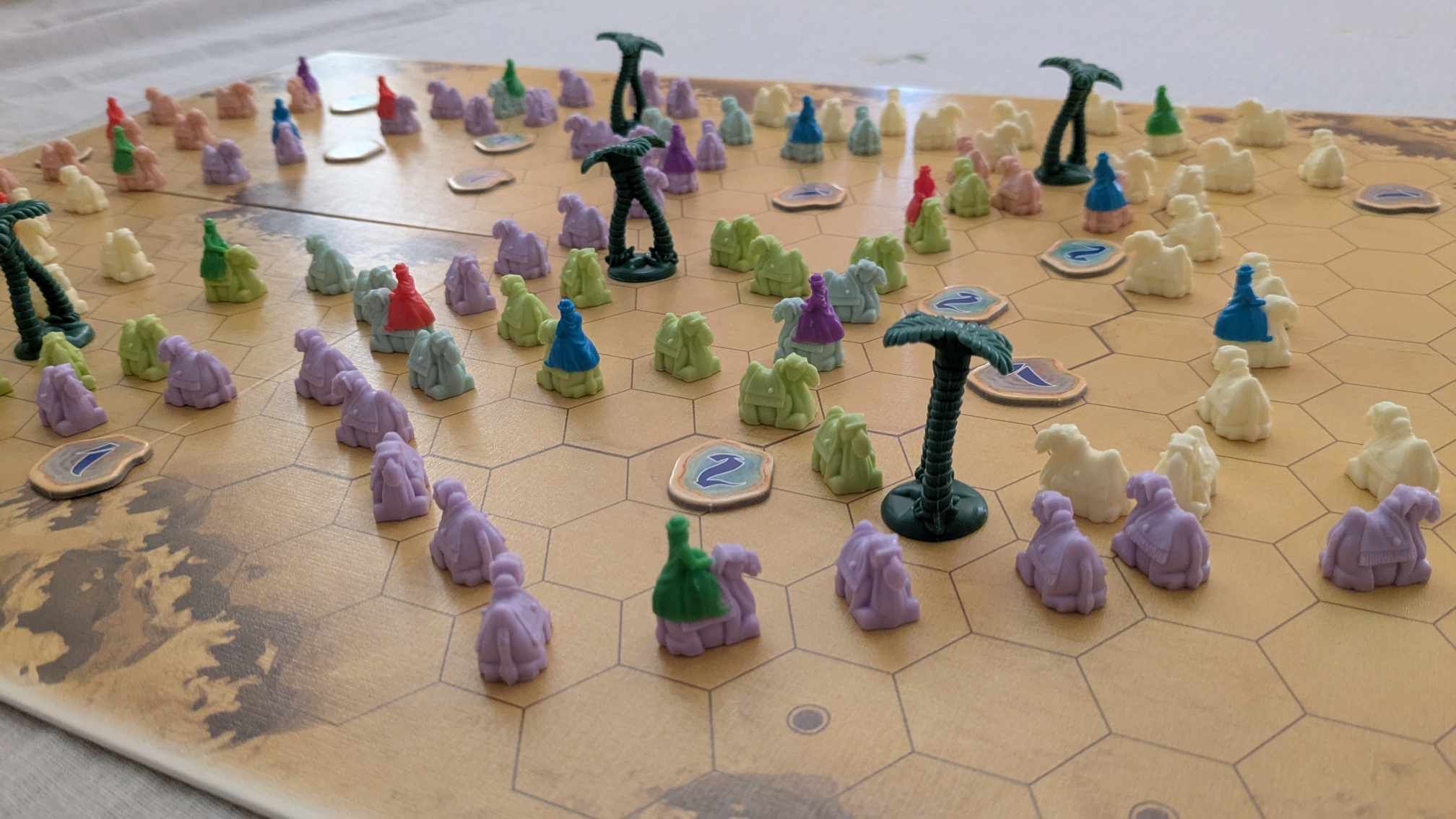


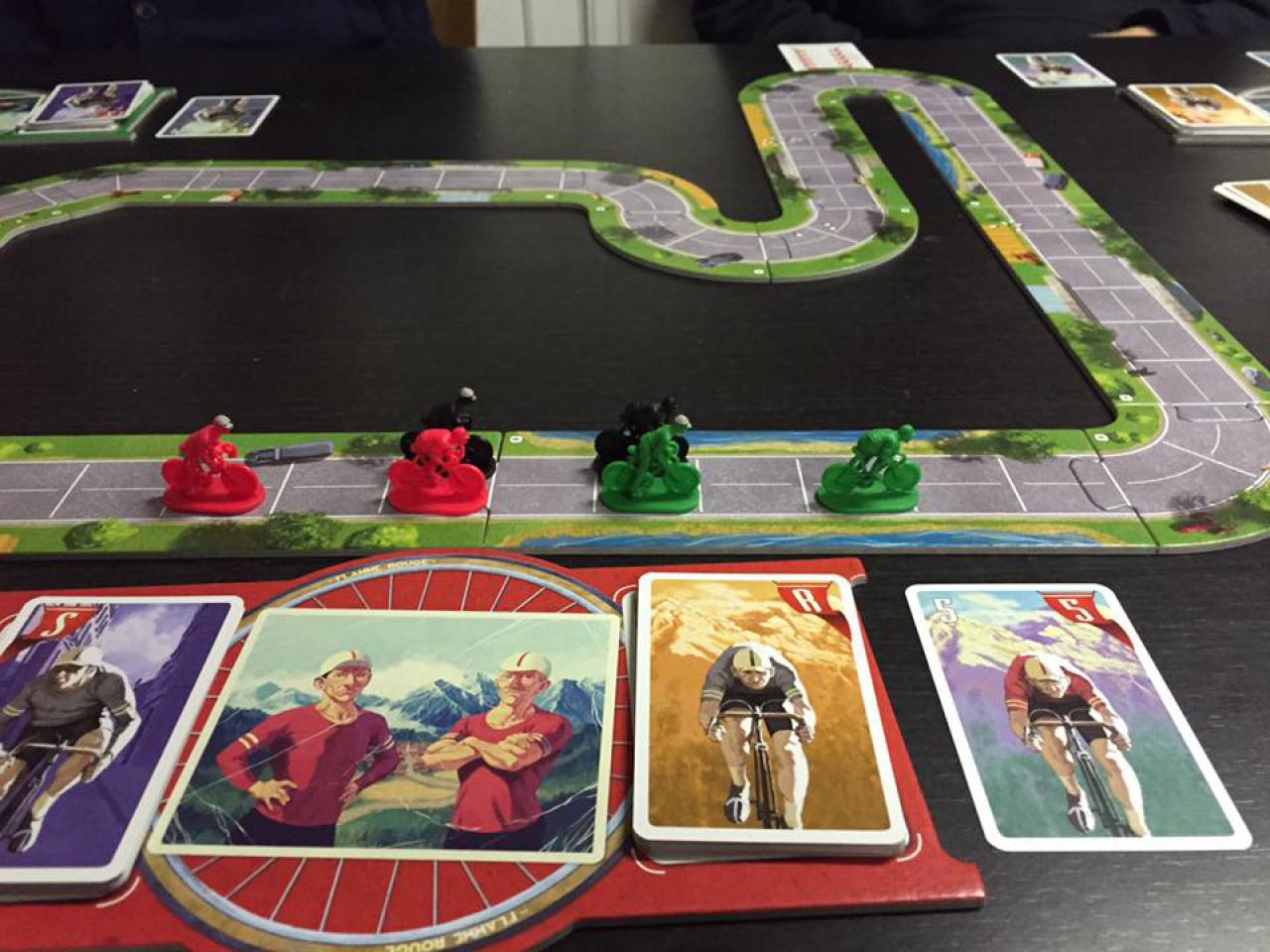
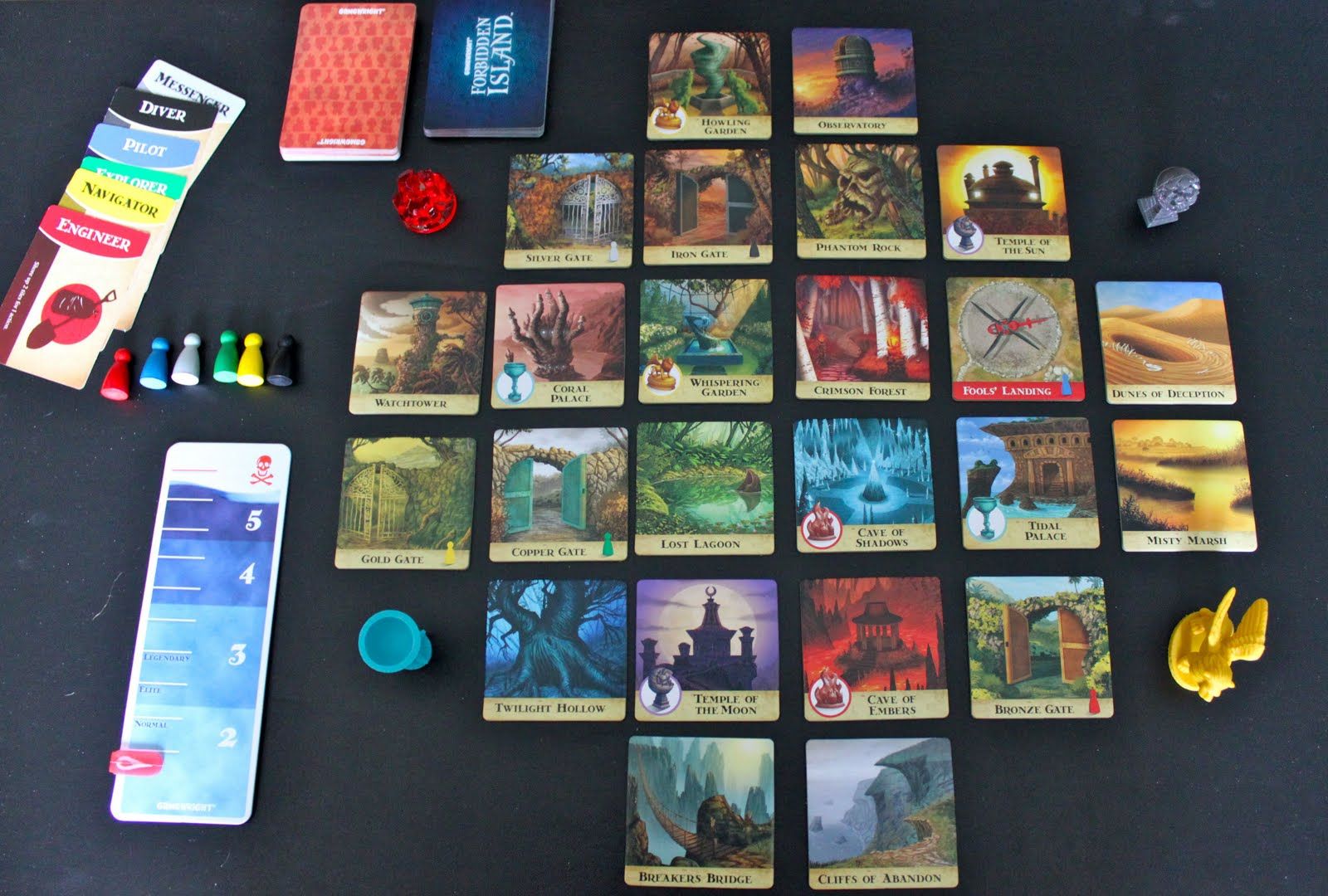
Leave a Reply